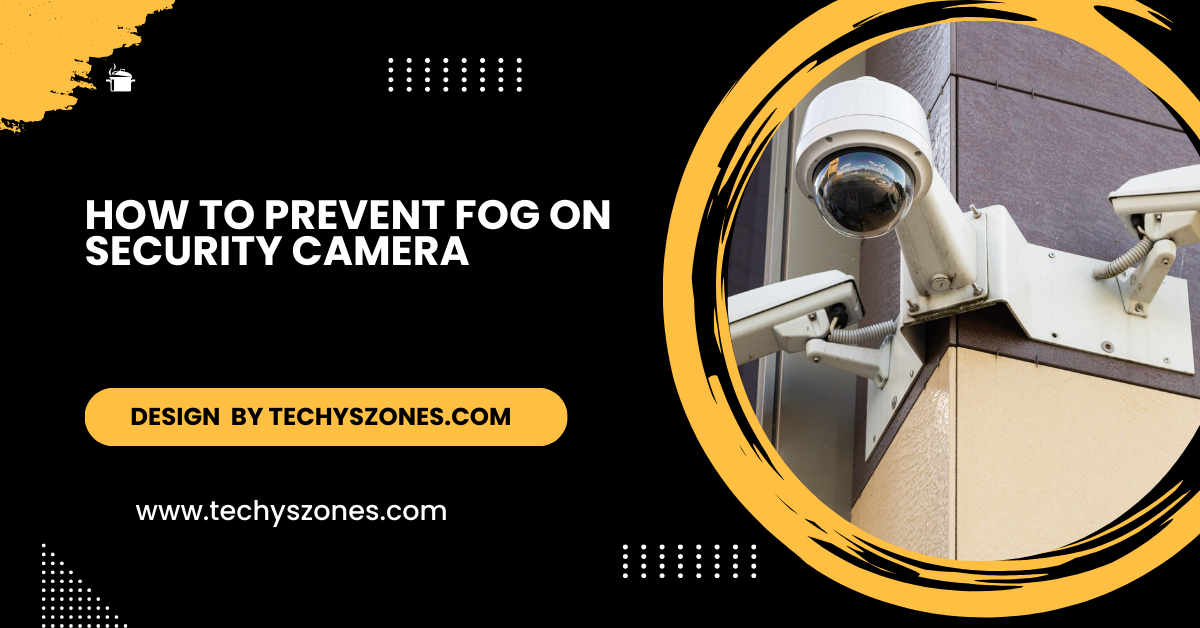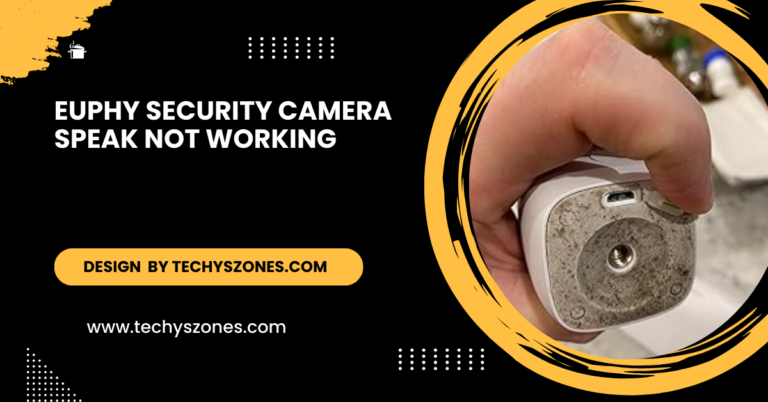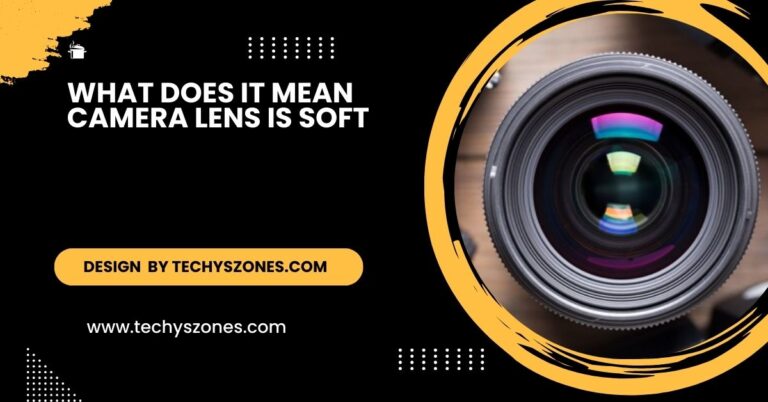How to Prevent Fog On Security Camera – Top Tips For Clear Footage!
Learn how to prevent fog on security cameras with tips like using anti-fog coatings, desiccants, and weatherproof housings to ensure clear, reliable footage year-round.
In this article, we explore practical solutions to prevent fog on security cameras, such as applying anti-fog coatings, using desiccants, and installing weatherproof housings. We also cover proper camera placement and maintenance tips to keep your footage clear.
Apply an Anti-Fog Coating:
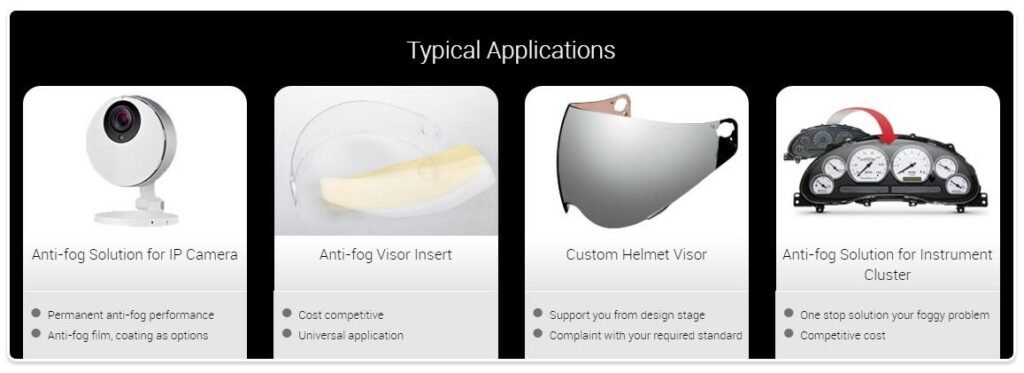
One of the simplest and most effective solutions is to use an anti-fog coating. These coatings are specifically formulated to prevent moisture buildup by reducing surface tension, making it harder for water droplets to cling to the camera lens. Anti-fog sprays, wipes, or even permanent coatings are available at hardware or automotive stores.
In addition to using anti-fog coatings, regular maintenance of your camera can further help prevent fogging. Ensuring that the camera lens is clean and free from dirt or debris will improve visibility and reduce the likelihood of moisture buildup. Consider using microfiber cloths for cleaning, as they effectively remove smudges without scratching the lens. Additionally, placing the camera in areas with better airflow or using desiccant packets around the camera housing can help absorb excess moisture, creating a more stable environment for your equipment.
Here’s how to apply an anti-fog spray:
- Clean the camera lens thoroughly to remove dust and dirt.
- Apply a small amount of the anti-fog solution to a microfiber cloth and gently rub it over the lens.
- Let the solution dry, and your camera will be ready to withstand fogging for several weeks.
Some coatings are temporary and need reapplication every few weeks, while others last longer. The right choice depends on your environment. Coastal areas with high humidity may require frequent reapplications, while indoor or covered areas may benefit from longer-lasting coatings.
Install a Camera Housing with Heater and Fan:
For outdoor security cameras, using a housing with a built-in heater can be an excellent investment. These housings help regulate the temperature around the camera, preventing condensation from forming on the lens.
How does it work? When the temperature drops, particularly at night, water vapor in the air can condense on the cold surface of your camera lens. A small heating element in the housing maintains a constant temperature, which prevents the camera lens from cooling down too much and attracting moisture.
Additionally, some housings come with built-in fans. These fans promote airflow, reducing humidity levels inside the housing and further preventing fog buildup. Though these features are more common in higher-end camera systems, they can be a great option for areas with unpredictable weather or temperature fluctuations.
Read More: How to Get Water To Roll Off Camera Housing – Essential Techniques And Tools!
Use Silica Gel or Other Desiccants Inside the Housing:
Another useful trick to prevent fog on your security camera is to place desiccants, like silica gel packets, inside the camera housing. These packets are highly effective at absorbing excess moisture in the air, which can prevent condensation from forming on the lens.
Here’s how you can use them:
- Open the camera housing carefully.
- Place a few silica gel packets inside, ensuring they are not blocking the camera lens or electrical components.
- Seal the housing tightly to prevent new moisture from entering.
It’s important to regularly replace these desiccant packets, as they can become saturated over time and lose their effectiveness. For even better results, some camera housings come with built-in compartments for desiccants, making it easy to swap them out when needed.
Angle the Camera Properly to Avoid Direct Exposure:
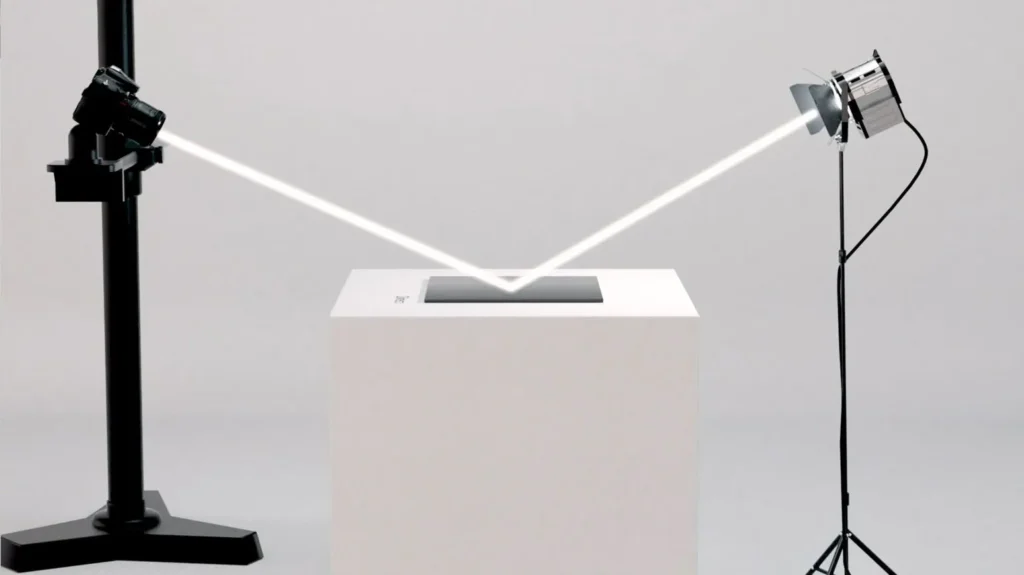
The placement and angle of your security camera can significantly affect its likelihood of fogging up. If your camera is positioned in a spot where moisture tends to accumulate, such as under eaves or near gutters, it’s more prone to fogging. Installing the camera at a slight downward angle allows moisture to roll off more easily, rather than accumulating on the lens.
Additionally, proper placement can help your camera avoid direct exposure to weather elements. If possible, mount your camera in a sheltered area, or consider using a weather shield or visor. This can protect the lens from rain, snow, and humidity, reducing the chances of condensation.
Regular Maintenance and Cleaning:
Keeping your security camera in good condition is another key to preventing fog. Over time, dust, dirt, and grime can build up on the lens, which makes it more likely for moisture to accumulate. Regular cleaning with a microfiber cloth and gentle lens cleaner can remove this buildup and improve the clarity of your footage.
Additionally, check the seals around the camera housing to ensure they’re intact. If there are any cracks or gaps, moisture can easily seep in, leading to fogging issues. Replacing worn-out seals or tightening the housing can make a big difference, especially in outdoor environments.
Consider Investing in Weatherproof Security Cameras:
If your cameras are frequently exposed to the elements, it may be worth upgrading to weatherproof models. These cameras are specifically designed to withstand various environmental conditions, including rain, snow, and fog.
Most weatherproof cameras come with built-in measures to prevent condensation, such as heated lenses, anti-fog technology, or robust housing designs that keep moisture out.
While weatherproof cameras can be more expensive, they are built to provide long-term reliability in harsh conditions. If you’re installing cameras in areas with frequent weather changes or high humidity, these cameras could be a worthwhile investment to ensure consistent and clear footage.
Read More: Will Layfield Camera – A Deep Dive into the Will Layfield Camera!
Use a Controlled Environment for Indoor Cameras:
For indoor security cameras, controlling the environment can prevent fogging. If your cameras are located in areas prone to moisture buildup, such as basements, garages, or kitchens, consider using dehumidifiers to regulate the air. By reducing humidity levels, you can minimize the chances of condensation forming on the camera lenses.
Similarly, keeping a constant temperature in the room can help avoid temperature fluctuations that lead to condensation. If your indoor camera is positioned near a window or vent, consider repositioning it to avoid direct exposure to changing temperatures.
FAQ’s
1.What is the best way to prevent fogging on security cameras?
Using anti-fog coatings, weatherproof housing, and desiccants are effective methods to prevent fogging and ensure clear footage.
2.How do anti-fog coatings work?
Anti-fog coatings reduce moisture buildup on the lens by decreasing surface tension, preventing fog from forming.
3.Can desiccants help with camera fogging?
Yes, desiccants absorb excess moisture inside the camera housing, reducing the chances of fogging.
4.Why is proper camera placement important?
Proper placement helps avoid areas where moisture tends to accumulate, reducing the likelihood of fogging on the lens.
5.What maintenance is needed to prevent fogging?
Regular cleaning of the lens and checking for proper seals around the housing can help prevent fog and maintain camera performance.
Conclusion:
Prevent fogging on security cameras with anti-fog coatings, proper placement, and weatherproof housing to ensure clear footage in any condition. Using desiccants and regular maintenance also helps reduce condensation effectively. These solutions keep your security system reliable year-round, ensuring optimal performance and peace of mind in all weather conditions.Implementing these strategies will enhance surveillance clarity and ensure uninterrupted security.

